Ancient Corfu or Paleopolis


Step into the world of ancient wonders as you embark on an imaginative journey to the heart of Corfu’s past, known as Paleopolis, or the Old City.
Unveiled through archaeological marvels of the last century, this city traces back to the 8th century BC, emerging from the dreams of Dorian Greeks from Corinth, led by the visionary Chersikrates, in the mesmerizing stretch between Garitsa and Halikiopoulos lagoon.
While the modern city flourishes north of Garitsa Bay, flanked by the iconic Old and New Fortresses, the very spot where today’s airport stands was once the bustling harbor of this ancient haven.
Let your mind wander through the bustling streets of ancient Corfu, where the heartbeat of the town echoed from the grounds of the ancient market, and the Acropolis reigned supreme on the lofty peak of the Kanoni peninsula, now graced by Analipsis.
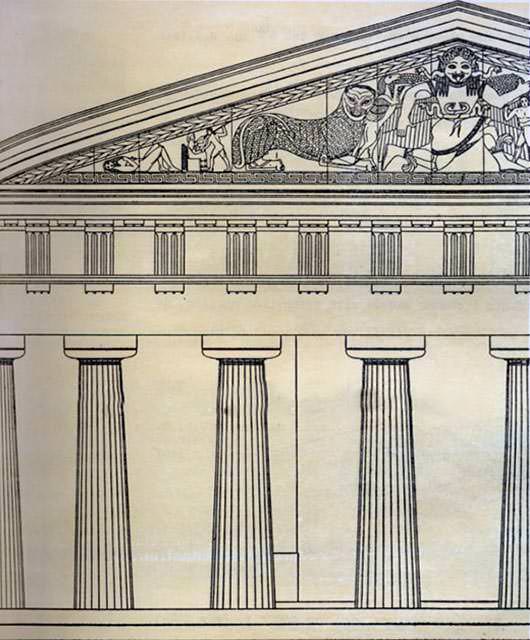

Echoes of history reverberate within the section of the ancient walls and the sentinel watchtower, offering a unique perspective as it gazes out over the runway instead of the sea. This path unfurls by the side of Corfu’s largest cemetery, a place where twilight unveils a dance of red votive lamps in the gentle breeze.
While tending their gardens, residents here find relics of the past, from cannonballs to fragments of an ancient world. Though tightly preserved now, the 1960s witnessed the development of Kanoni’s promontory, burying many archaeological treasures in the earth.
Follow the path onward, passing the ancient temple of Athena, and the road to Mon Repos Palace unravels. Just outside, you’ll glimpse extensive archaeological works, and within the palace grounds, a temple whispers of stories from centuries past.
Transport yourself back to bustling trade days, as colorful ships from countless tribes docked along the quayside, laden with vibrant wares exchanged in barter.
Intrigue lingers within a private estate on Kanoni, home to a magnificent lemon eucalyptus tree that stands as a living puzzle. Tree specialists vouch for its age—900 years, a species typically found oceans away in Australia. Could ancient sailors have woven this enigma into history, predating Captain Cook’s journey by nearly 700 years?
Beyond this, Garitsa’s realm reveals remains of Byzantine churches, a style divergent from the rest of the island. Among them, the exquisite Sts. Jason and Sosipatros Church beckons exploration—a haven that witnessed the birth of Christianity in Corfu, adorned with frescoes that tell tales of the ages.
Feel the pull of time as you journey through Paleopolis, where mysteries and stories unfold with every step, and history breathes life into ruins, reminding us of the resilience and spirit that shaped this enchanting land.
Historical Importance of the Ancient City of Kerkyra
Thucydides, the ancient historian and author of “History of the Peloponnesian War,” describes the ancient city of Kerkyra (Korkyra) as a powerful and well-fortified city-state with a strategic position in the Ionian Sea. He notes its strong naval presence and its importance in regional politics.
At that time, Kerkyra was a dominant naval force that exerted influence over its neighboring regions. After all, the Corfiots established colonies, such as the city of Epidamnus, which is located in what is now Albanian territory, known as Dyrrhachium today.
The city’s maritime strength allowed it to maintain control over nearby islands and coastal areas, making it a significant player in the geopolitics of the time.
Furthermore, Thucydides emphasizes Kerkyra’s role as a player in the larger conflict between Athens and Sparta, highlighting its alliance with Athens. This alliance led to conflicts with the nearby city-state of Corinth, which was allied with Sparta. The tensions and conflicts involving Kerkyra are discussed in Thucydides’ narrative of the Peloponnesian War.
Overall, Thucydides’ portrayal of Kerkyra underscores its political and naval importance in the ancient Greek world, as well as its involvement in the complex web of alliances and rivalries that shaped the historical events of his time.
More archaeological sites
The Monument of Menecrates


Nestled within the embrace of Garitsa, the Monument of Menecrates emerges as a captivating relic of the 6th century BC, a discovery that ignited the imagination when unearthed in 1843.
Its allure lies not only in its ancient origins but also in the enchanting archaic inscription that graces its form. This very inscription, a treasure suspended in time, is hailed as the oldest of its kind ever to grace Greek soil. Intriguingly, it beckons you to read it upside down, a secret twist that reveals Menekrates’ role as the consul of Corfu town in the vibrant Oianthi—a once-thriving town that now dances with echoes near the shores of Galaxidi, a charming seaport on the mainland of Greece.
As you stand before this testament to time, feel the layers of history unfold around you. This monument, with its enigmatic message and timeless aura, whispers tales of distant eras, bridging the gap between past and present.
The Tower of Nerantchicha


Tucked away behind the cemetery, the Tower of Nerantchicha stands as a silent sentinel, a living link to the city’s past. This is an awe-inspiring wall of the 4th century BC, soaring 6 meters high, embracing the city’s heart. And right there, this tower stood, unwavering against time’s relentless current.
But its tale doesn’t end with ancient days. Imagine it transforming, a chameleon of history, into a Byzantine church. How fascinating, isn’t it?
This tower, once a protector, embraced a new role as a place of worship. As you gaze upon its weathered stones, let your imagination wander through the ages.
From ancient defenders to spiritual seekers, the Tower of Nerantchicha echoes with stories of resilience and transformation, inviting you to become part of its ongoing narrative.
Temple of Artemis


Embark on a journey back in time to the heart of ancient Corfu’s spirituality, where the temple of Artemis Gorgon holds its mystical allure. Imagine the 6th century BC, where this sacred sanctuary stood, a place of reverence and connection to the divine, nestled near the serene monastery of Saint Theodore.
Though discovered in 1822, time has been both a guardian and a thief, leaving us with only a few precious fragments of its grandeur. Wander the grounds, and you’ll uncover more stories in the whispers of smaller buildings that once adorned this hallowed space.
And that’s not all—venture to the Mon Repos estate and delve into the mysteries of the past. Here, two more ancient temples lie in wait. One, a tribute to Apollo, stands as a testament to the Doric style, while fragments from a temple, older than time itself, hint at the veneration of Hera. Let the ancient stones whisper secrets of faith, honor, and devotion as you explore these remnants of a spiritual legacy.
The Palace of Mon Repos


Nestled to the east of Paleopolis lies the elegant neoclassical jewel, Mon Repos. Imagine the year 1830, when the visionary British Commissioner, Sir Frederick Adams, breathed life into this architectural masterpiece. Step beyond its walls and into a world where history met royalty—this stunning edifice once served as a cherished summer escape for the royal family.
While it may not be steeped in the ancient mysteries of Corfu, Mon Repos is a bridge between eras. Wander its halls and gardens, and you’ll find more than just a building—it’s a gateway to the past. Now, this regal residence has evolved into more than a memory; it’s become the haven of the Paleopolis Museum, where relics and stories of ancient times come alive. Allow Mon Repos to be your guide on a journey that transcends centuries, weaving together the threads of tradition and modernity in a tapestry of splendor.
Corfu sites in Paleopolis’ wider area
Behold a captivating snapshot from the realm of Google—a window into the enchanting expanse of Paleopolis, nestled just south of the charming Garitsa. If you let your eyes wander, you’ll catch the airport gracefully lounging to the left.
But wait, don’t just glance—dive in! Click on this visual gateway to unlock a treasure trove of history. Follow the trail of ancient monuments, each a whisper from the past, and watch as Mon Repos emerges like a gem amidst the landscape. It’s not just a photo; it’s a portal to a world where echoes of time are waiting to be unveiled. So, go ahead and click—it’s your invitation to embark on a journey through the ages!






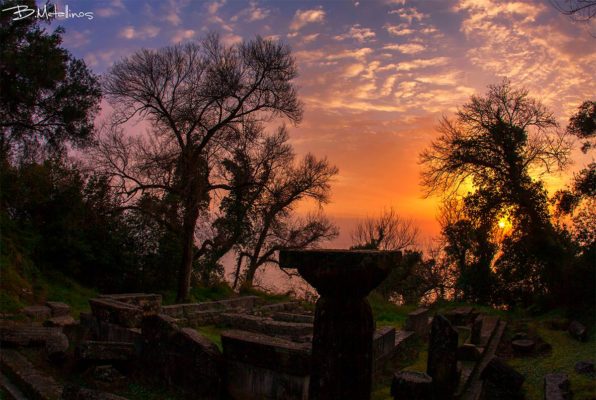
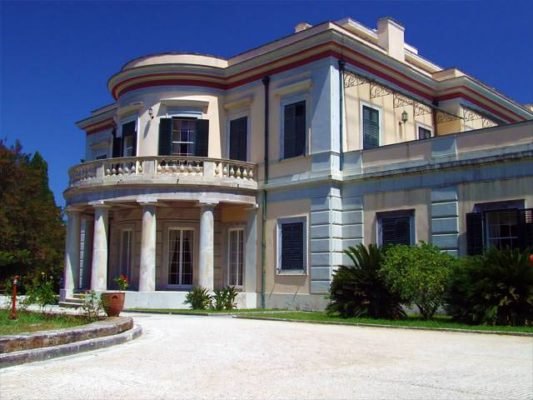


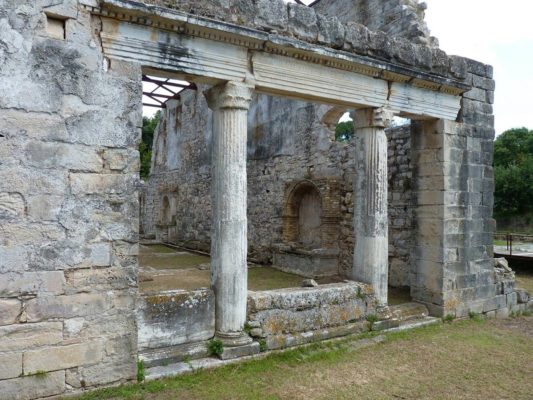


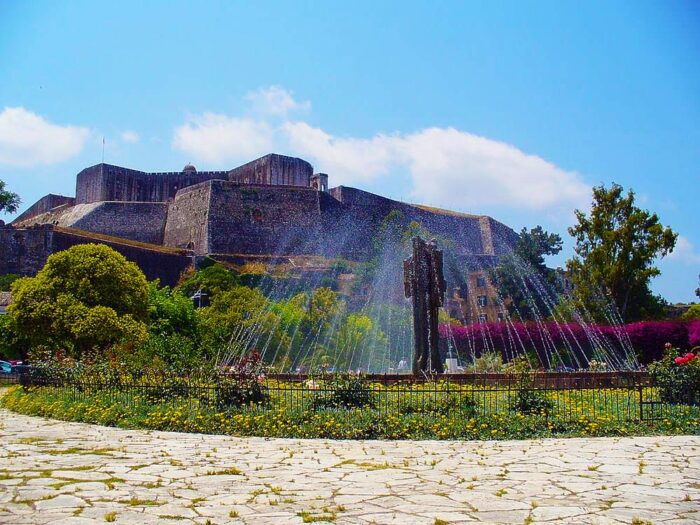



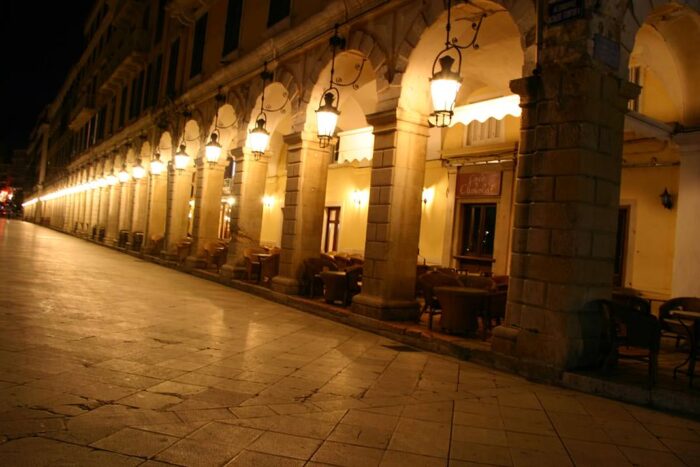
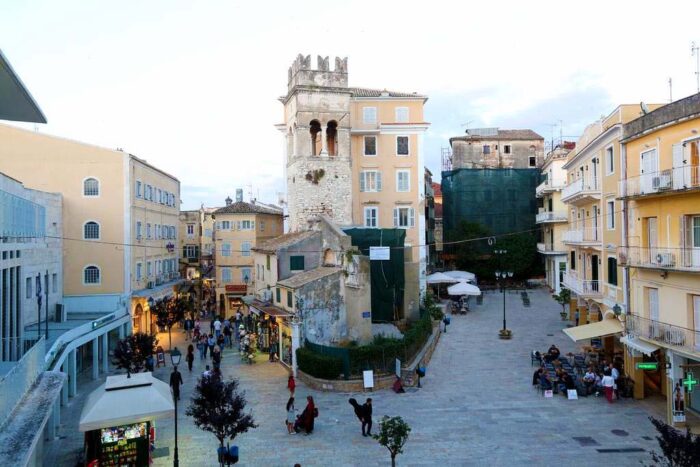

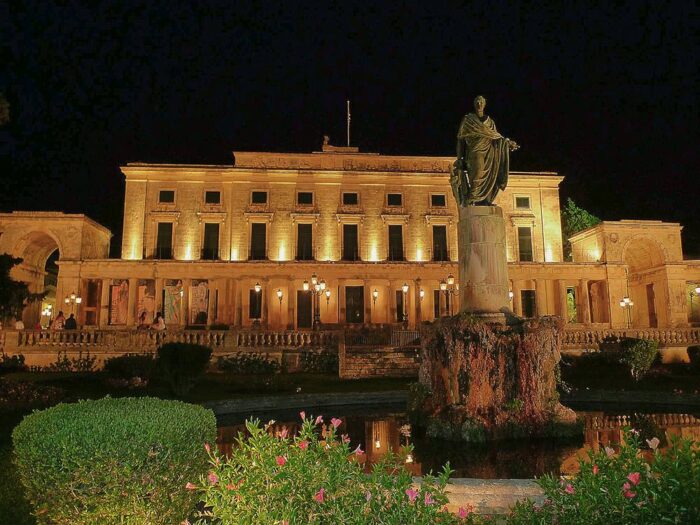
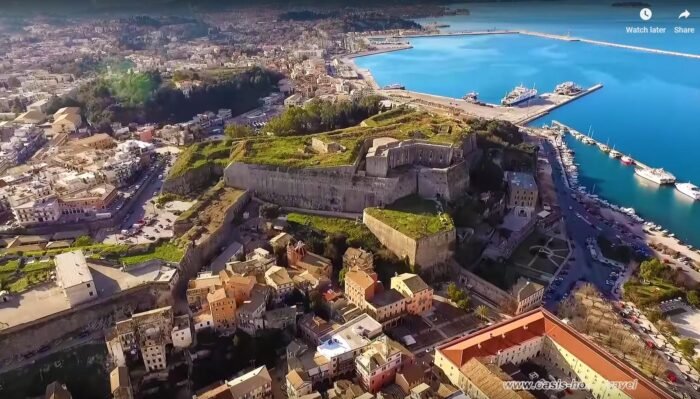

Comments